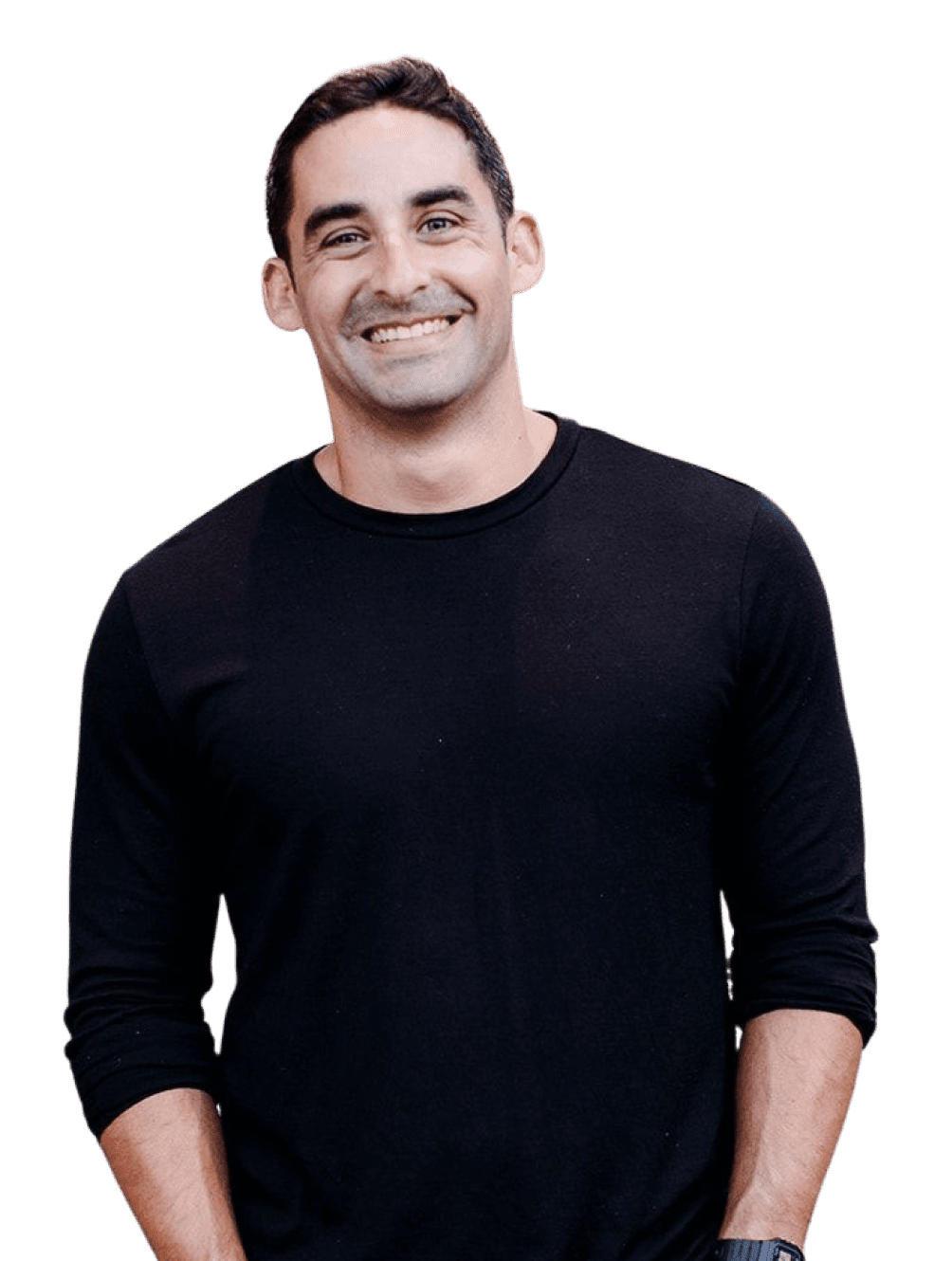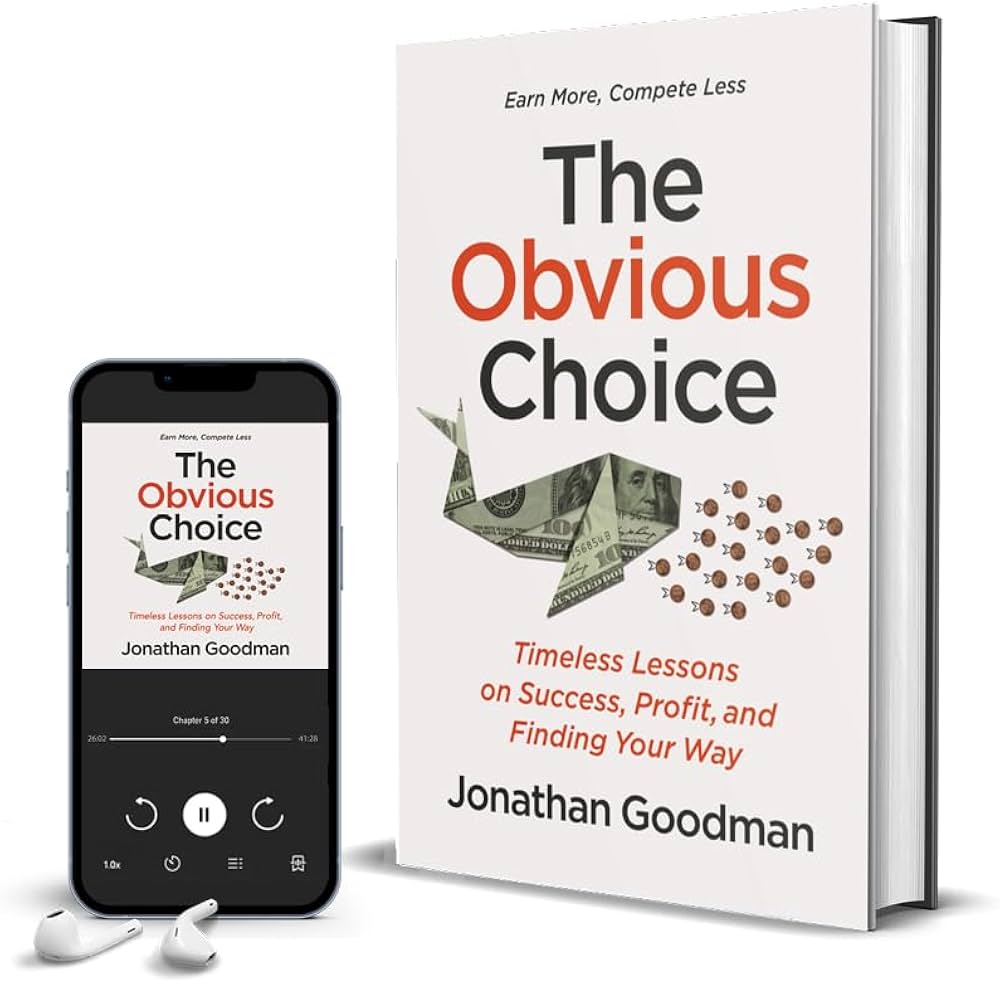(This article is 1,493 words long and takes about 9 minutes to read. Click here to download it as a .pdf to save to read later / print.)
--
Last week’s article was about escaping burnout with seasons.
Today, I wanted to double-tap on one example buried in there I think deserves more attention: The idea of having investment seasons and harvest seasons.
Just like how farmers work with nature's cycles, we can approach our personal development through a similar lens of seasons:
Investment Seasons are periods where you dedicate time, energy, and resources to self-improvement. This phase is about "planting seeds" for future growth, with benefits that may not be immediately visible.
- Examples include enrolling in courses, networking, or building healthy habits.
Harvest Seasons are phases where you reap the rewards of your earlier investments. It's when you make public the compounding effects of your private work and realize tangible benefits.
- Examples include launching a paid product, working towards a promotion at work, or exhibiting your art.
First, an insight into how I work.
Then the key components of harvest and investment seasons.
And finally, how you can apply seasonal thinking to your life.
Why Most People Struggle with Personal Development
I know, I know. You've heard that personal development is the best investment you can make. And you probably buy into the idea. So do I.
But be honest, how much time do you put into your own personal development? Really? Like, focused time?
Considering that it's the best investment you can make, are you treating it that way?
Most don't. I sure as heck wasn't. And the dumbest part of it all is that I was one of the guys spouting the trope that it's so important. But, still, I wasn't doing it.
Why?
Because it's hella hard to sit down and do the work to build the skills and knowledge in private when, in public, it feels like everybody else is having so much success.
Growth is a Cycle: Build skills. Apply them. Repeat
This cyclical approach is simple, sustainable, and powerful. It's top of mind because I'm about to shift seasons.
I just wrote the acknowledgements for my next book, which means it's done. Before beginning to write, I dove into an investment season:
- Got the life experience
- Did the subject-matter research
- Built the habits and routines to enable me to write daily
The writing of the book is the harvest season. It only happens because of previous investments.
Once I submit it at the end of the month, it'll trigger a change in season back to a season of skill building.
You need a time to learn and develop, and a time to benefit from that learning and development.
Of course, there will be carryover between the two. But I've found that focus is paramount to success in either. That, and it keeps things interesting and helps to eliminate guilt associated with one or the other.
When I'm learning, I want to learn.
When I'm selling, I want to sell.
Over time, this develops into a rhythm:
You first invest in yourself, then you capitalize on those investments, which, in turn, funds your next investment into yourself. And so on.
My Next Investment Season: Fiction Writing
I'm feeling a pull to write fiction for my next book. That's going to require a different storytelling and book planning skillset.
Instead of stressing over it, I'm diving deep into building the skills and the network. A learning phase.
Tomorrow, for example, I'm in New York City. Just for the day. I've scheduled a lunch and a dinner with 5-7 authors each. I fly home the next morning.
There's no agenda other than to break bread with other people ahead of me. To learn from them. I'm paying for my flight and a hotel and will pick up the check at each meal. In all, it will cost about $2,000. That's not an expense. It's an investment. These people have access to knowledge I don't have.
How did I set these up?
I asked them. I enlisted the help of a friend, we made a list of authors in NYC, asked friends if they knew anybody, and sent cold invites.
Everybody wants to be connected. Few do the work to connect.
They get to know others like them. I get the benefit of learning from everybody.
An example email I sent.

Next, I'm going to read and study a lot more of the greats. My next book might be a parable, so I'll check out some of the bestselling parables of all time from the library.
I know how to plan a non-fiction book, but not fiction. This will be an area of study for the next two months.
Finally, I'll explore different tools to use artificial intelligence to augment my abilities and help me with world building and character development. I don't know what's out there. But I'll use this next investment season to explore anything that can supercharge my abilities.
Introducing Lightning Strikes
During your investment season, there are four aspects to develop:
- Skills
- Habits / routines
- Network
- Technology
There's two more considerations before moving on to how you can apply seasonal thinking to your life
1. Resilience is built through diversification
Just as farmers plant drought-resistant crops alongside traditional ones and investors spread assets across multiple vehicles, you should diversify your skills and activities to build personal resilience.
By developing a varied skill set, you create redundancy against unexpected disruptions—ensuring that a single setback won't take you out of the game entirely.
This preparedness isn't about fear; it's about creating options for yourself when you face circumstances beyond your control.
Deliberately expanding your capabilities across different domains allows you to pivot when necessary, reducing your vulnerability to any single threat and strengthening your ability to navigate an unpredictable world.
The most resilient people aren't necessarily the most specialized, but rather those who can adapt and move forward regardless of what challenges arise.
2. Long-term focus is paramount to success
Adopt habits that reinforce patience, such as journaling progress or setting long-term milestones.
Recognize that returns on investment—whether personal or financial—take time to materialize.
View personal development through a long-term lens, not in months or even years, but in decades.
The most meaningful growth often happens slowly, almost imperceptibly day-to-day, yet grows profound when you view it across larger timeframes.
Remember that consistency over time creates compound effects—small, daily actions accumulate into significant transformation when sustained over years.
Cultivate the ability to stay committed during plateaus when visible progress seems minimal, knowing these periods often precede breakthrough moments.
Next, how to apply seasonal thinking to your life.
First, in your investment season, explore
Try new things. Say yes more often. Attend the events, meet the people, test the routines. These are your planting months — explore broadly, without pressure to commit.
Key Actions:
- Join multiple groups, communities, or learning opportunities.
- Audit courses, read widely, attend workshops to "sample" different areas.
- Focus on building connections and understanding how different domains operate.
- Don't worry yet about mastery or big commitments — this phase is about exposure.
Purpose:
- Lay the groundwork for future meaningful involvement.
- Learn what fits your interests, values, and time availability.
- Build friendships and networks that can support your growth.
Then, in Your Harvest Season, Commit
Double down. Go deeper. Cut what's not working. Lead, refine, focus. These are your growth months — where meaningful progress happens through deliberate effort.
Key Actions:
- Narrow your focus to one area you care most about.
- Take on leadership or high-contribution roles.
- Apply what you've learned during investing to create value.
Purpose:
- Gain satisfaction and confidence through contribution and visible results.
- Create tangible outcomes from your previous investments.
- Actually make something, or launch something, or sell something.

How do you know when it's time to shift seasons?
Harvest seasons typically have natural endpoints—like when I submit my book manuscript. For you, it might be launching a product, completing a certification, or finishing a major project. These transitions are often marked by clear deliverables or events.
Investment seasons, however, can easily stretch indefinitely if you're not careful. That's why I recommend setting a specific timeframe—usually 30-60 days works well.
Calendar a concrete end date that coincides with starting a project or event that will utilize your new skills. This deadline creates healthy pressure and prevents endless preparation without application.
The goal isn't mastery before harvesting. Instead, sufficient competence. It's a dance you do, improving with every step.
Start broad, get a feel, and then choose where to go deep
By recognizing which season you're in, you can better plan your energy, time, and resources. Personal development is most effective when approached as a cycle, not a sprint—each investment season lays the groundwork for future harvests.
This rhythmic approach to growth not only prevents burnout but creates sustainable progress that compounds over time. When you understand and honor these natural cycles, you'll find yourself growing in ways that feel both purposeful and sustainable.
-Jon











